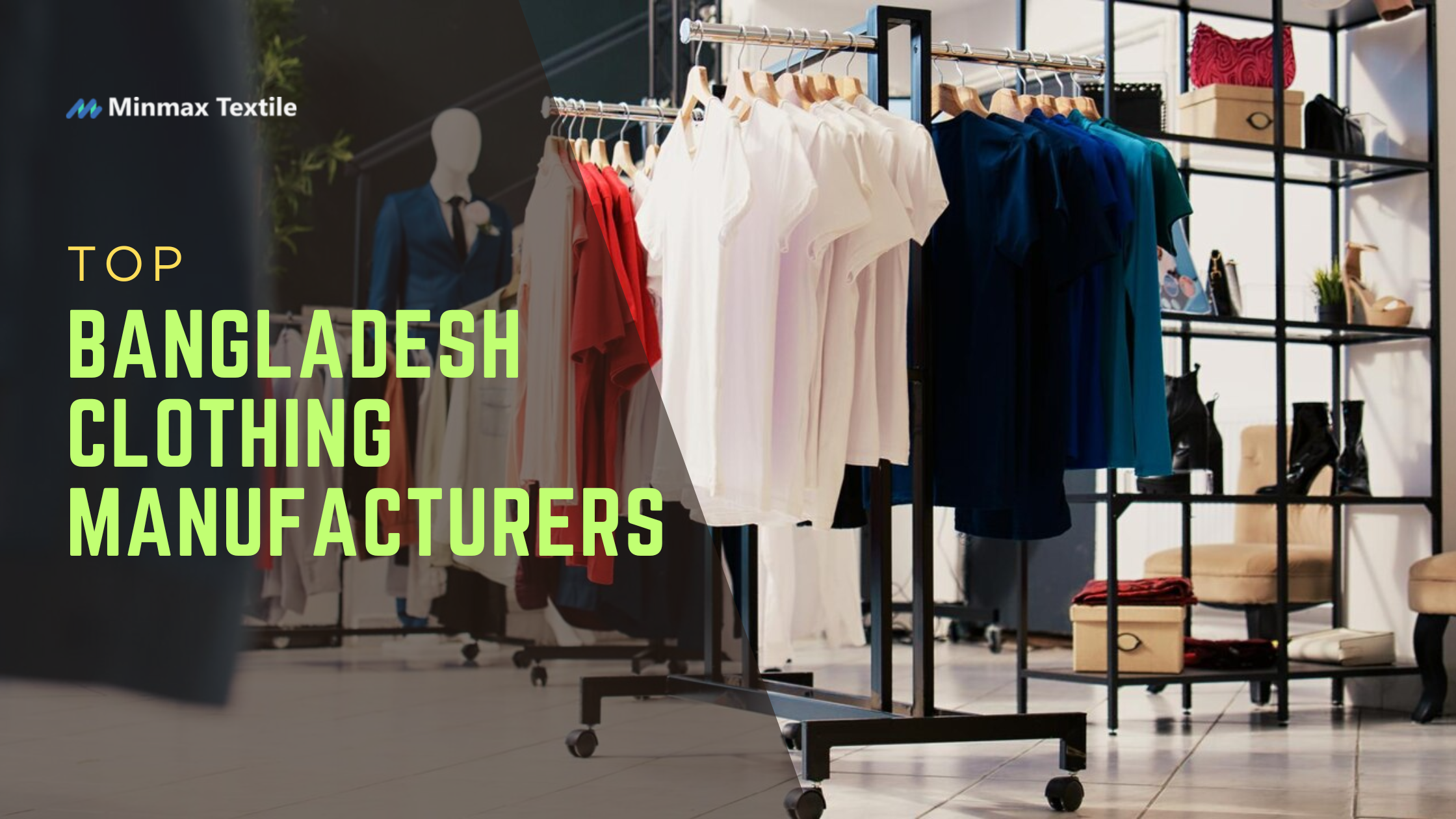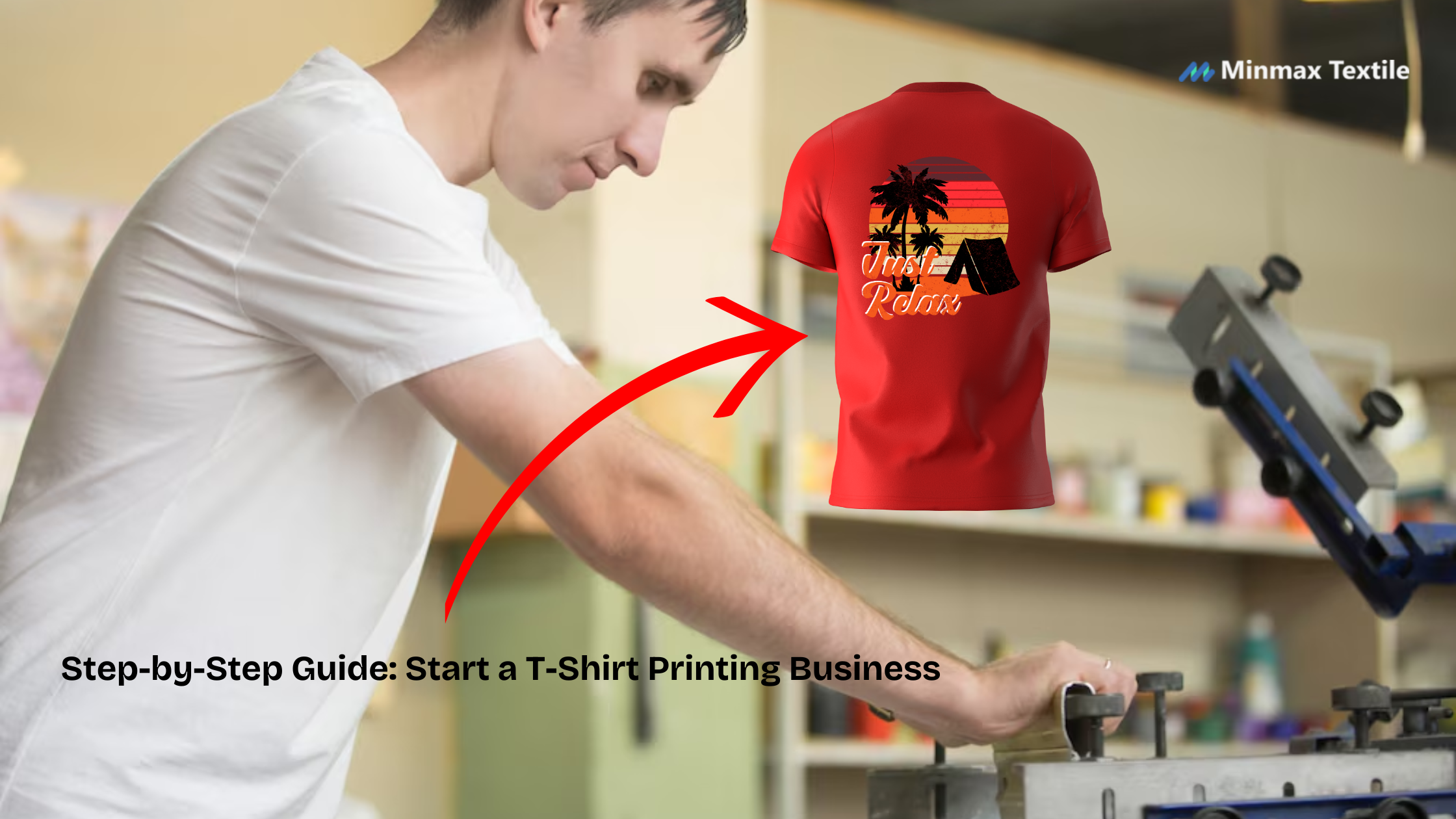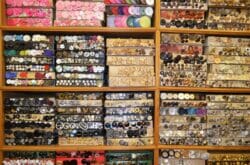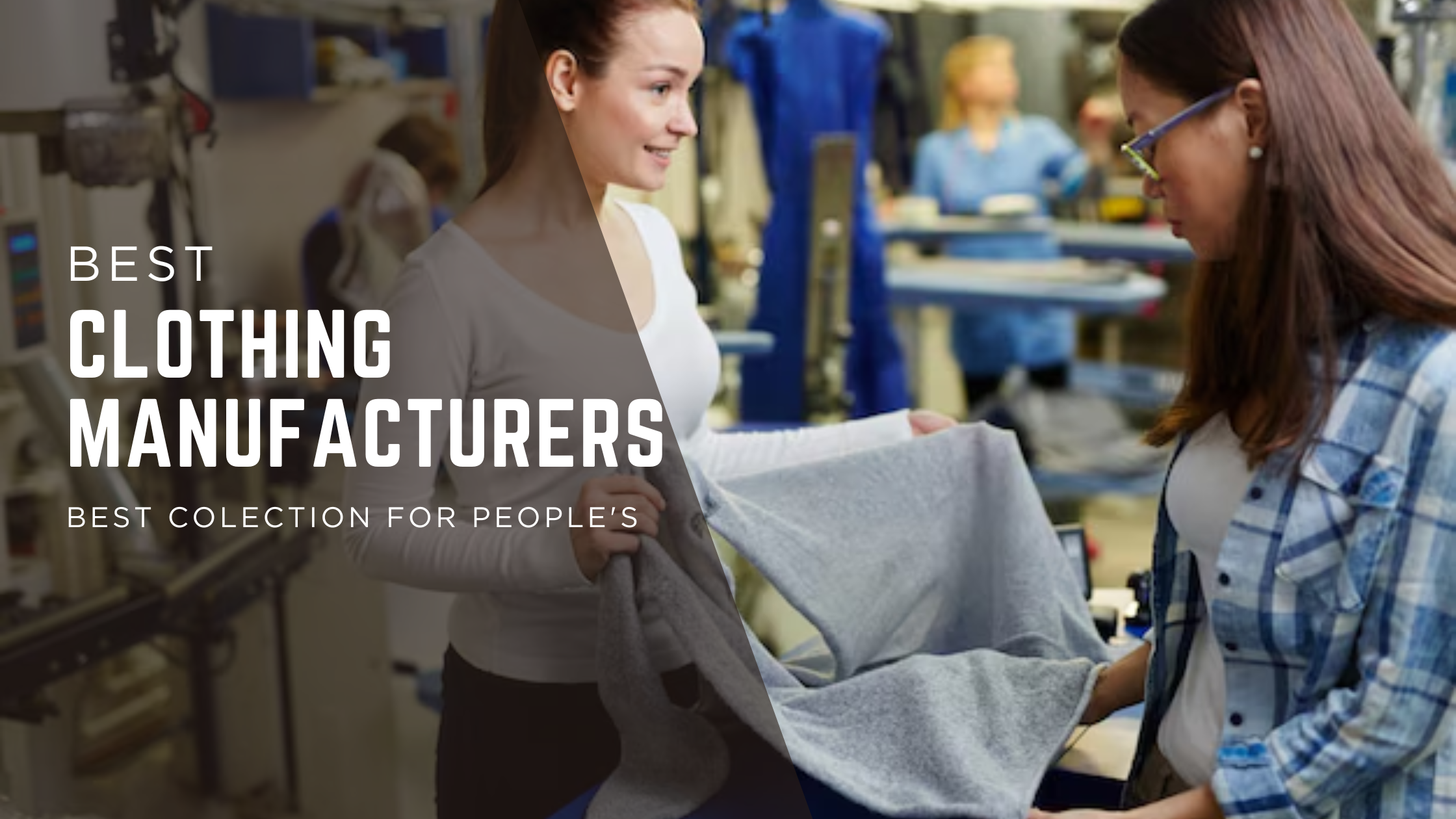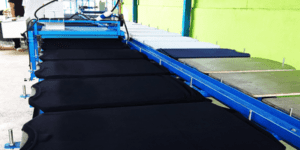Do you want to work with reliable garment manufacturers in Bangladesh? This article will provide detailed information on Bangladesh’s garment industry, its top manufacturers, production processes, labor practices, and export processes, which will take you through the country’s textile industry. You are on the right page if you’re looking to source sustainable fashion or find the top manufacturers for your brand.
By the end, you’ll gain valuable insights into how Bangladesh’s garment industry operates and why it’s considered one of the best sources of affordable, high-quality apparel worldwide.
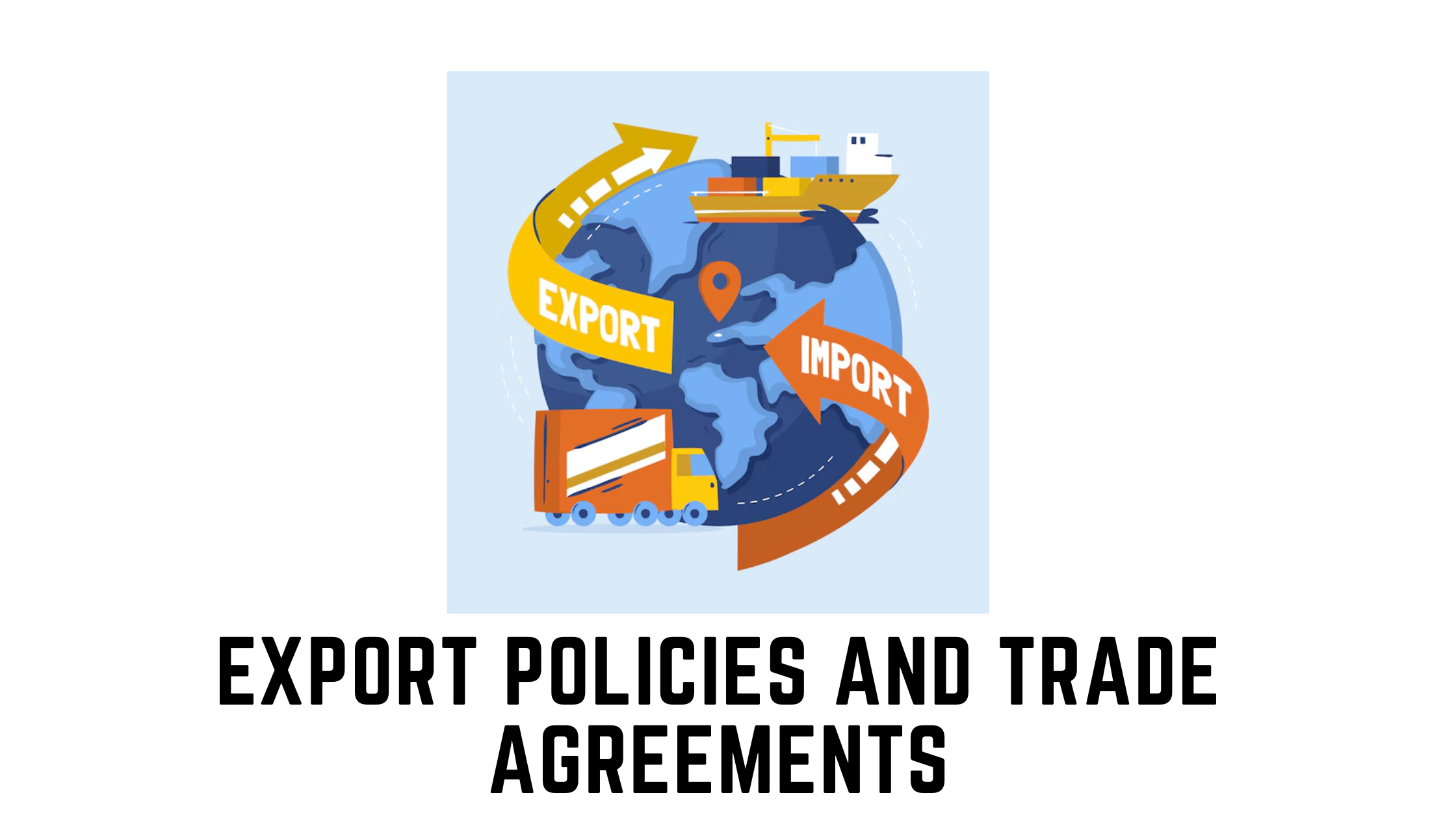
Bangladesh Clothing Manufacturers
History and Development of the Textile Industry
Bangladesh is now one of the world’s leading textile and garment-producing countries. The country’s garment sector has grown enormously in the last few decades and is now a major contributor to global apparel production.
In the early 1980s, the government of Bangladesh recognized the promise of the textile sector and began to invest in infrastructures and policies needed to fuel the development of its industry. The ready-made garment (RMG) sector was one of the major contributors to the economy of Bangladesh and a source of employment.
Today, Bangladesh’s ready-made garment sector is the world’s second-largest exporter of ready-made garments after China. The country produces all textile products, such as apparel, knitwear, and woven. As per the Bangladesh Garment Manufacturers and Exporters Association (BGMEA), the sector employs millions of people and accounts for over 85% of Bangladesh’s export revenues.
Economic Impact on the Country
The garment sector is crucial to Bangladesh’s economy. It adds substantially to the national GDP and employs millions of workers, predominantly women. The textile industry of Bangladesh is also responsible for earning huge foreign exchange and sustaining the livelihood of many families.
The textile industry accounts for over 11% of Bangladesh’s GDP and nearly 80% of the nation’s total export revenues, as estimated by the World Bank. This industry is a principal source of poverty reduction, given that it provides marginalized groups access to employment and improved living conditions.
Major Export Destinations
Bangladesh exports its apparel to other foreign countries, with the largest destinations being the United States, European Union countries, and Canada. The United States is the largest importer of Bangladeshi apparel, followed by large European countries such as Germany, the United Kingdom, and France.
Also, the increasing demand for low-cost but good-quality apparel in developing economies like Japan, Australia, and the Middle East generates new prospects for Bangladesh’s textile industry. Thus, Bangladeshi manufacturers are making every effort to meet the increasing global demand for low-cost fashion but high-quality products.
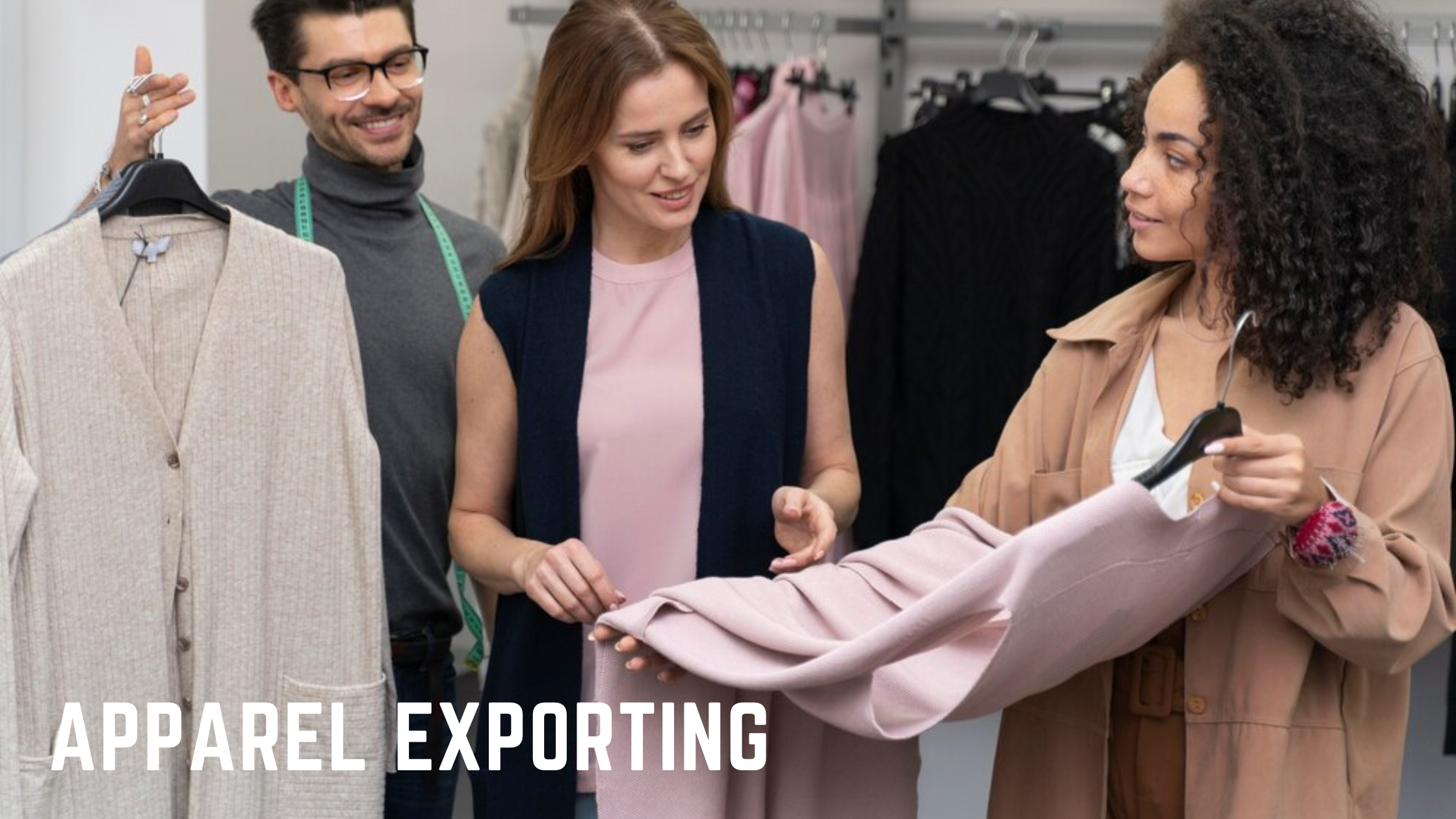
Key Clothing Manufacturers in Bangladesh
Profiles of Leading Garment Factories
Regarding clothing manufacturers, Bangladesh has some of the largest and most reputable factories globally. Brands like H&M, Walmart, and Zara source their products from these factories. Some notable manufacturers include:
- Bashundhara Group—This group is among Bangladesh’s top textile and apparel manufacturers, trading in various fabrics and finished goods. With an extensive portfolio of garments, they supply garments to domestic and export markets and offer garments for international brands.
- Square Textiles— Recognized for large-scale production, Square Textiles produces large volumes of ready-to-wear garments and textiles. It is among the largest export units of knitwear, woven garments, and denim.
- Epyllion Group— Epyllion Group boasts more than thirty years of experience in the textile business. The firm manufactures knitwear, woven apparel, and home textiles. Epyllion Group is known for its sustainability and is a preferred supplier to numerous established brands in Europe and North America.
- Ha-Meem Group— Ha-Meem Group is one of the leading garment producers in Bangladesh. It manufactures denim, woven apparel, and outerwear. It has contracts with several well-known global brands and is growing as a robust export player.
- DBL Group— DBL Group is a vertically integrated garment manufacturing unit that produces everything from raw materials to final goods. It also makes woven garments and other denim products and is one of the top international brand suppliers.
Production Capacities and Specialties
These producers vary in capacity for production and specialization. Whereas some factories specialize in the volume production of cheap clothes, others specialize in high-end sustainable fashion. Most producers have increased their output to suit various requirements, ranging from fast fashion to high-fashion garments.
For instance, Square Textiles is especially renowned for manufacturing high-quality knitwear, while Ha-Meem Group is renowned for manufacturing denim. Epyllion Group has also been successful in sustainable fashion manufacturing, using eco-friendly materials and dyes to appeal to eco-conscious consumers.
Notable Collaborations with International Brands
Bangladesh’s garment manufacturers have longstanding relationships with global brands. These collaborations help ensure that the factories meet international quality standards while adhering to ethical practices. For instance, the collaboration between brands like H&M and Gap and the Bangladeshi factories ensures a steady supply of fashion apparel that meets both style and sustainability criteria.

Manufacturing Processes and Technologies
Bangladesh clothing manufacturers have embraced advanced machinery and technology to improve production efficiency, quality, and sustainability. Let’s explore the key manufacturing processes and technologies in more detail.
Step 1 – Adoption of Modern Machinery and Techniques
Bangladesh garment factories also favor adopting advanced manufacturing techniques, including computerized cutting machines, automated knitting machines, and advanced dyeing technologies. These machines allow greater precision, faster production time, and less wastage.
Many Bangladeshi factories also use advanced ERP systems (Enterprise Resource Planning) to rationalize production calendars, stock levels, and quality checks.
Step 2 – Quality Control Measures
Bangladeshi manufacturers value the quality of clothing highly. To achieve the best output, they have initiated stringent quality check mechanisms at each level of the manufacturing process. They thoroughly check raw materials, test for fabric durability, and conduct numerous checks during the sewing process.
Automated quality inspection systems have also been fitted in some factories to detect any flaw in the final product. These precautions ensure that the produced garments are by local and international standards.
Step 3 – Eco-friendly and Sustainable Practices
Sustainability is a trend catching up in the Bangladeshi textile sector. All manufacturers are trying to go green by adopting green materials, energy-efficient machinery, and eco-friendly production practices.
For example, some companies use organic cotton, recycled polyester, and water-conserving dyeing methods to lower their carbon footprint. Moreover, waste minimization is also prioritized, with many companies using systems to recycle fabric waste and conserve water.
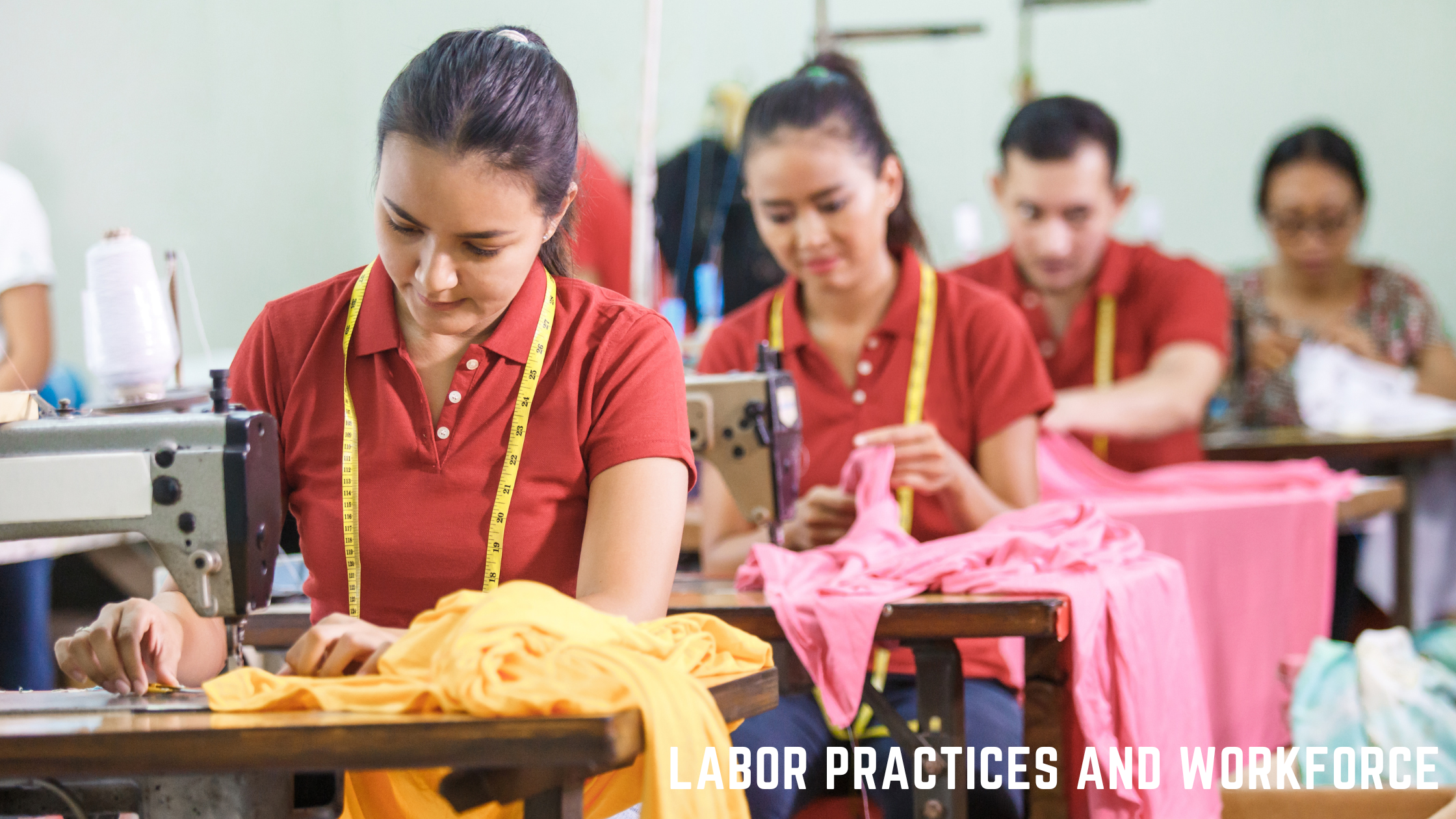
Labor Practices and Workforce
Employment Statistics
The Bangladeshi textile industry employs an estimated millions of workers, many women. The Bangladesh Garment Manufacturers and Exporters Association (BGMEA) quotes an estimated 4 million garment factory workers. This growth has created employment opportunities for low-wage earners, primarily in rural areas.
Working Conditions and Labor Rights
Even as the garment industry provides crucial employment, there have been issues with working conditions and labor rights. Over the years, there have been complaints of low wages, long working hours, and dangerous working conditions in some factories. Despite this, vast improvements in labor practices have been made since the 2013 Rana Plaza disaster, which has brought into focus the need for safe working conditions.
The Bangladeshi garment industry is now more governed by labor laws and international standards, such as the Bangladesh Accord on Fire and Building Safety, which maintains factories to safety standards.
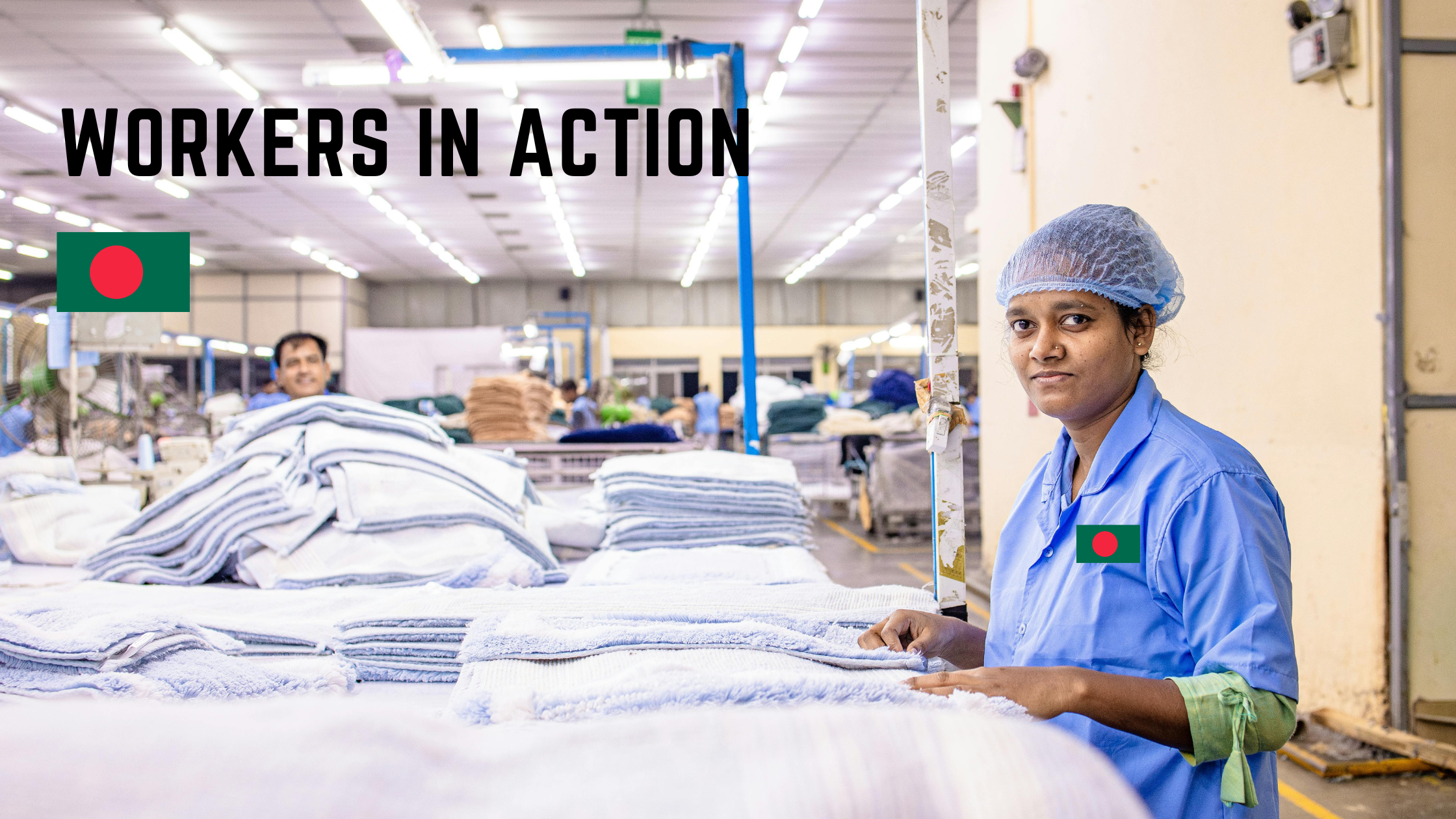
Initiatives for Worker Welfare
Different initiatives have been taken to improve the well-being of garment workers. These involve increased minimum wage requirements, health insurance schemes, and better living conditions for workers.
Factories also invest in employee training initiatives to enhance capacity and working conditions. Most manufacturers cooperate closely with international labor organizations to improve conditions and standards in the industry as a whole.
Export Policies and Trade Agreements
Government Policies Supporting the Garment Sector
The government of Bangladesh has always been aware of the importance of the textile industry and provides several incentives to enhance its growth. These incentives include export subsidies, tax exemptions, and subsidized loans for garment producers. The government also facilitates manufacturers’ engagement in trade agreements with other countries, thus enabling them to tap new markets.
Impact of International Trade Agreements
Trade arrangements like the Generalized System of Preferences (GSP) and the Everything But Arms (EBA) initiative have helped boost Bangladesh’s garment exports. Both initiatives allow Bangladeshi manufacturers to export garments to destinations like the European Union and the United States without paying exorbitant tariffs.
Despite the industry’s growth, Bangladesh’s garment manufacturers face challenges in the global market, such as higher raw material costs, a trade war, and competition from other countries like Vietnam and India. However, Bangladesh’s competitiveness is based on low labor rates and capacity for large-scale production.
Challenges and Opportunities in Global Markets
While Bangladesh’s garment sector has seen significant growth, it also faces challenges such as rising labor costs, increasing competition from other low-cost countries, and fluctuating raw material prices. However, there are opportunities to overcome these challenges by investing in technology, expanding into new markets, and adopting sustainable manufacturing practices.
With a continued commitment to sustainability, technological advancements, and improved work practices, Bangladesh’s garment manufacturers are well-positioned to capitalize on prospects in the global market.
Common Mistakes and How to Avoid Them
Mistake 1 – Failure to Investigate Suppliers
You have to investigate potential suppliers thoroughly. Some businesses headlong into cooperation without ever knowing the performance or status of the factory. Always ensure the factory holds the proper licenses, meets quality standards, and can produce goods according to your needs.
Mistake 2 – Neglect of Issues of Sustainability
As consumers become increasingly eco-conscious, ignoring sustainable practices will risk your brand’s reputation. Look for manufacturers who are committed to sustainable production practices and certifications.
Expert Tips & Best Practices
Strategy 1 – Sustainable Fashion Manufacturing
If you’re importing clothes from Bangladesh, consider dealing with manufacturers that use green materials and implement green manufacturing practices. This will appeal to eco-conscious consumers and position you on the cutting edge of business.
Strategy 2 – Being aware of Bangladesh Apparel Industry Insights
Stay informed about the latest trends in the Bangladesh garment industry. This includes keeping an eye on alterations in export policy, fluctuation in consumer demand trends, and new technologies developing that will increase production efficiency.
Frequently Asked Questions (FAQs)
Q1: Do Bangladesh clothing manufacturers wholesale?
A: Yes, most garment factories in Bangladesh offer distributors and retailers with wholesale facilities. You can contact manufacturers to achieve bulk orders of clothes at acceptable prices.
Q2: Does small quantity clothing manufacturer Bangladesh?
A: Yes, numerous Bangladesh manufacturers offer small-batch services. These are ideal for firms that need small quantities for tests or boutique products.
Q3: Top Bangladesh clothing manufacturers?
A: The top Bangladesh clothing manufacturers include Ha-Meem Group, Square Textiles, Bashundhara Group, and DBL Group. These are known for their quality, efficiency, and globalization.
Final Throats
Bangladesh remains a global leader in the garment manufacturing industry. Its growing textile industry, skilled workforce, and focus on sustainability make Bangladesh an affordable and reliable answer to apparel sourcing. By utilizing reputable manufacturers, organizations can realize high-quality apparel and meet the global demand for cheap fashion.
